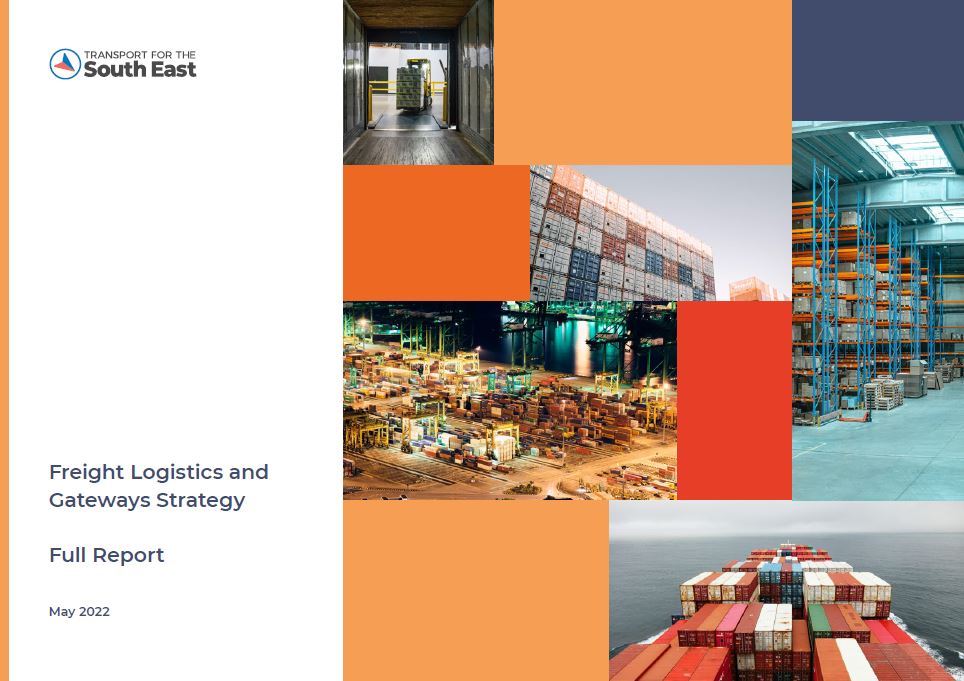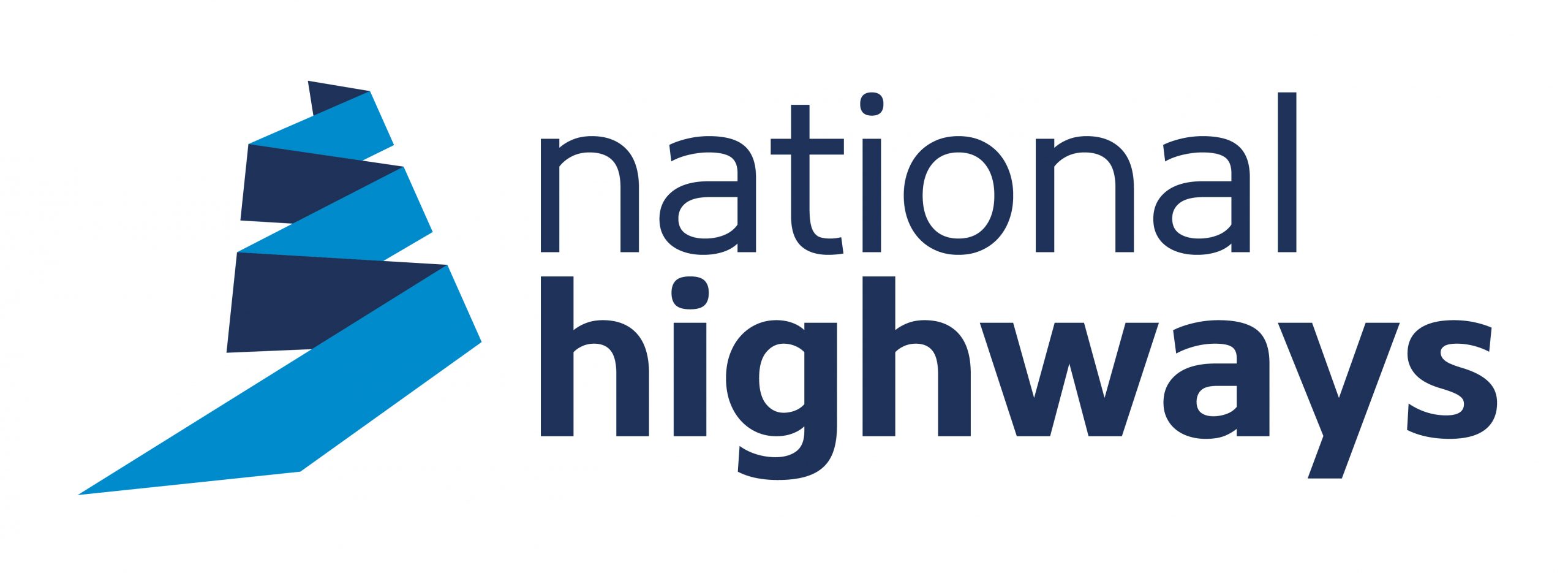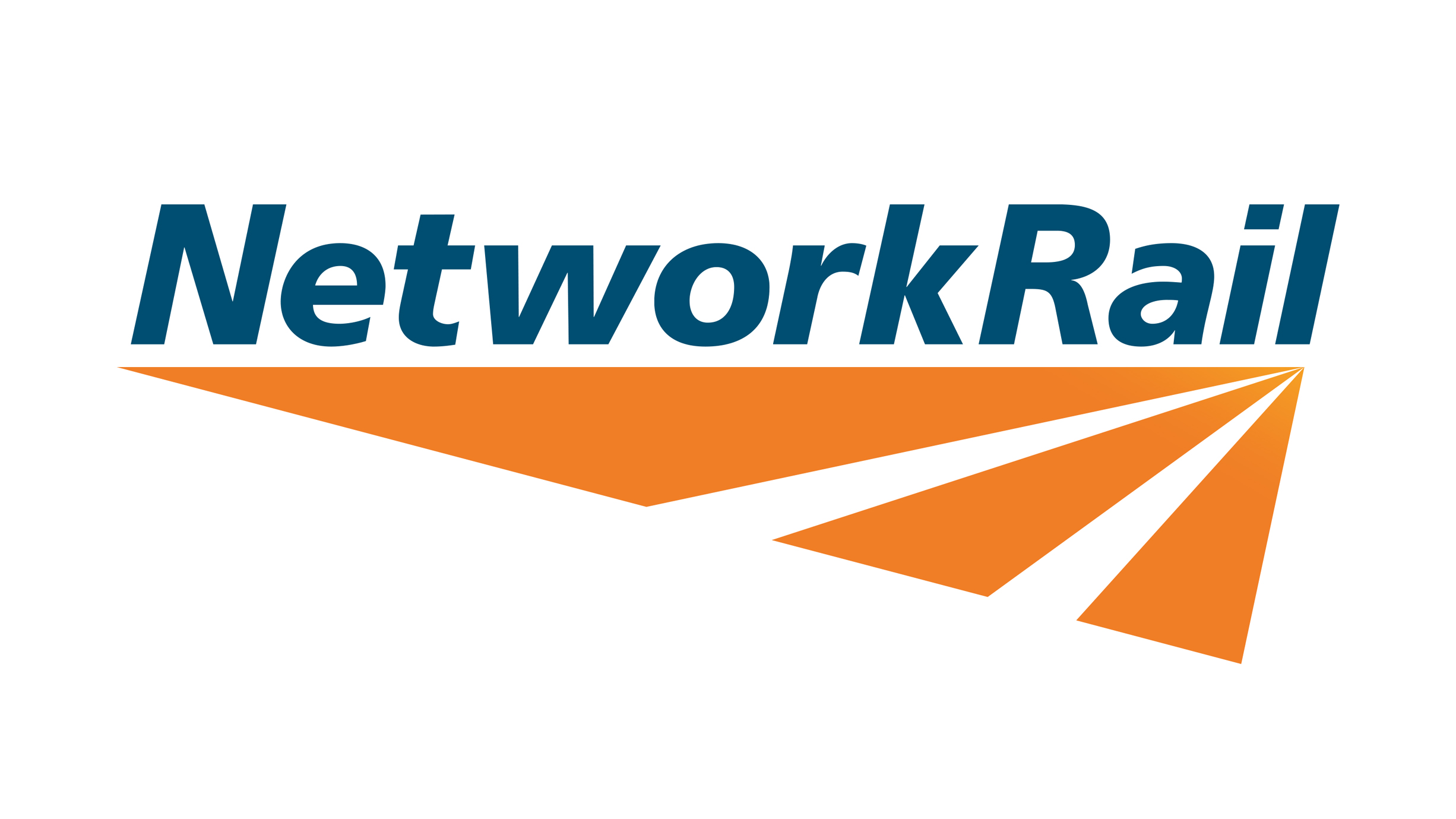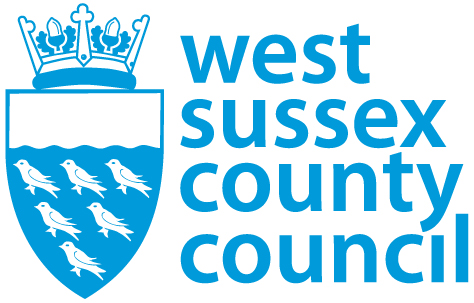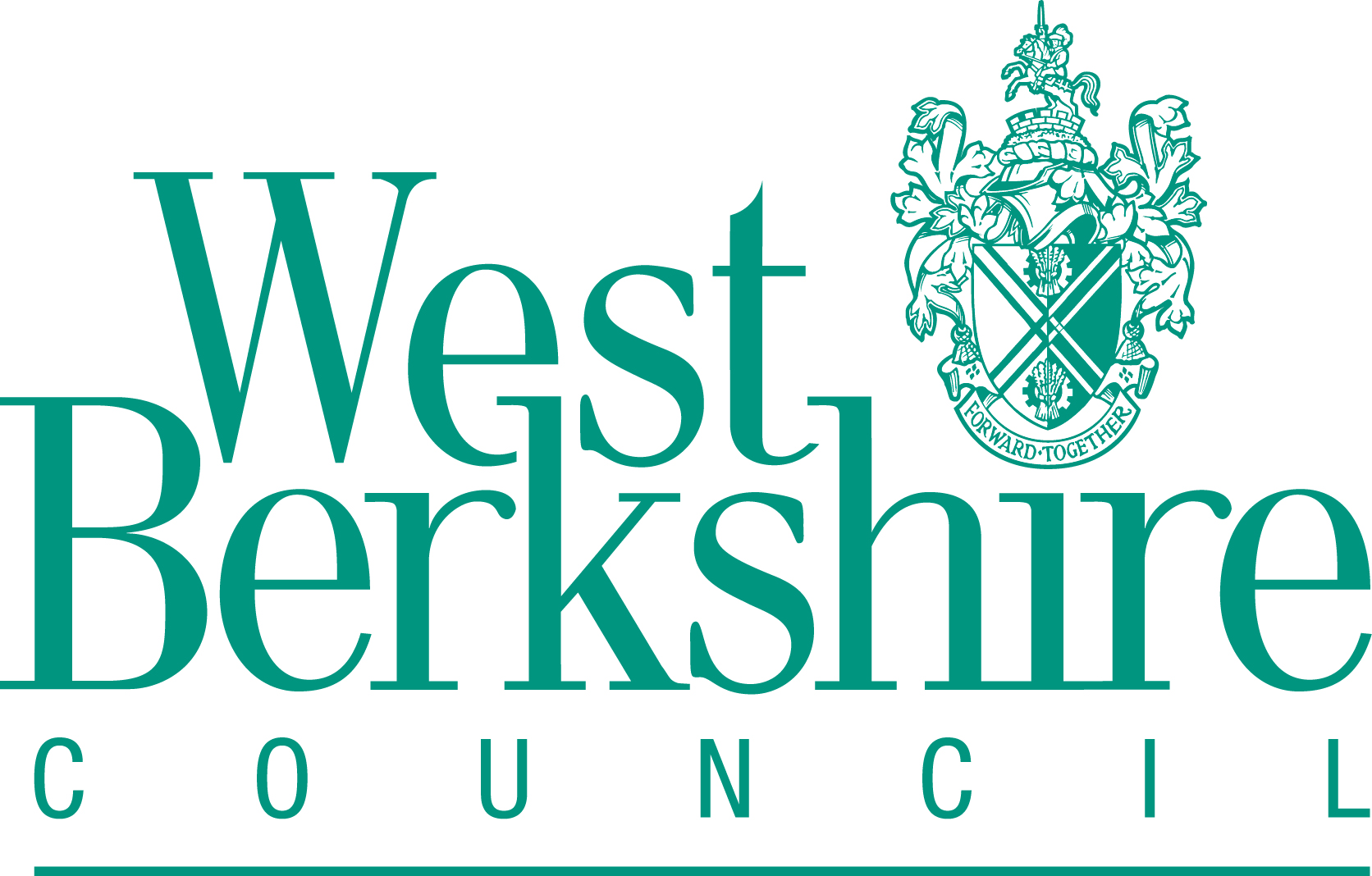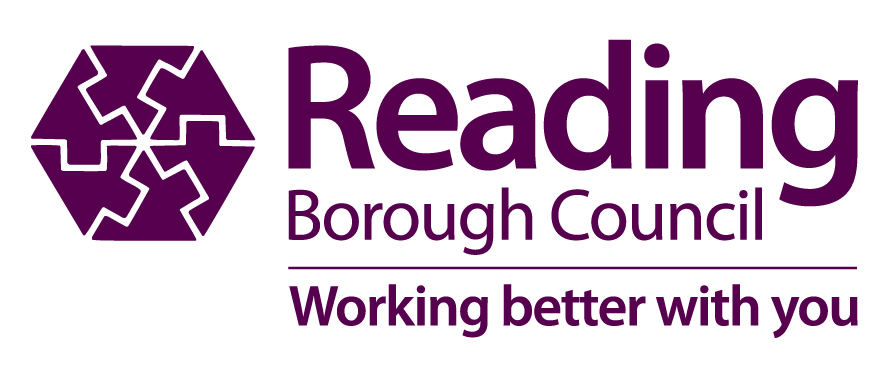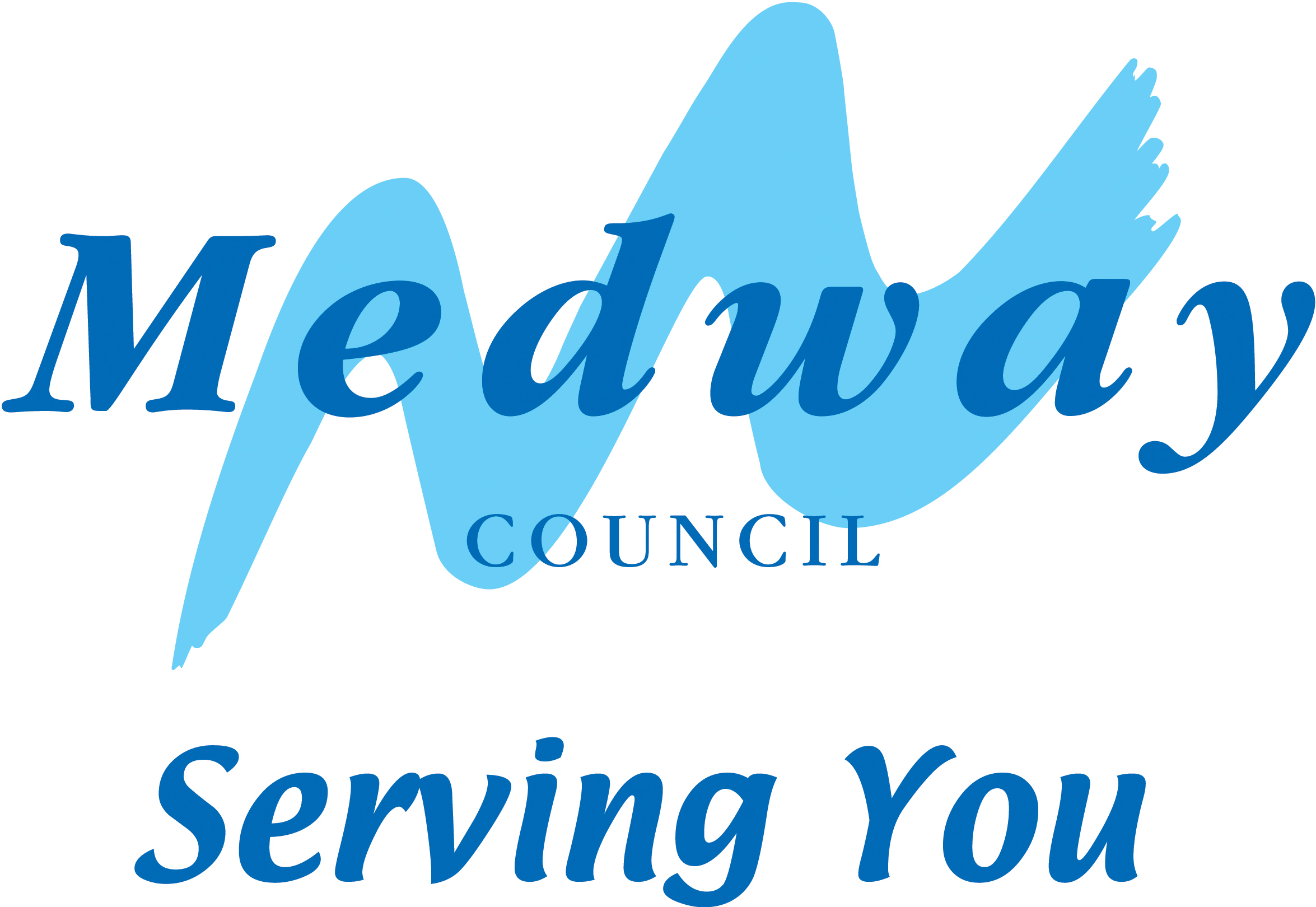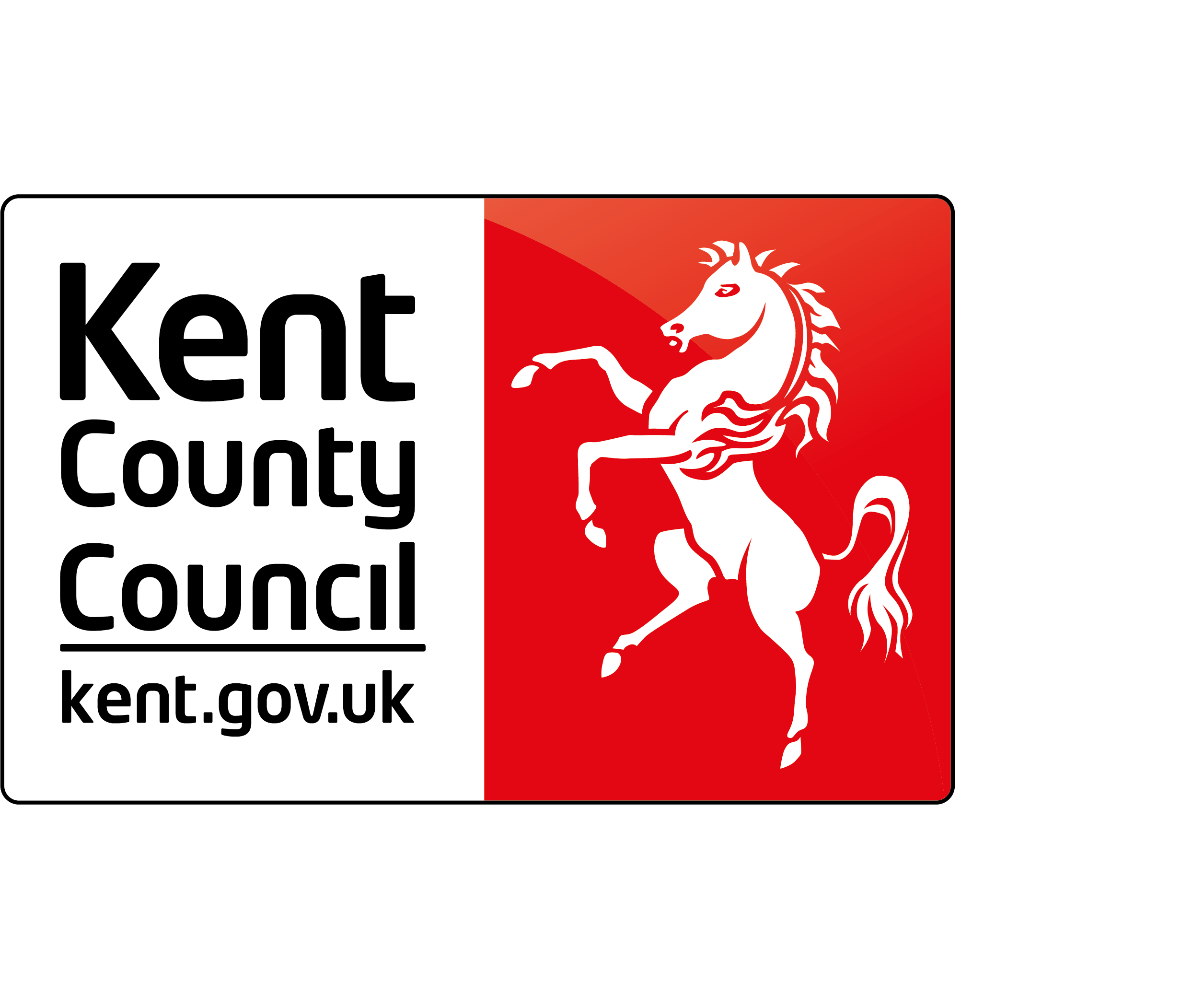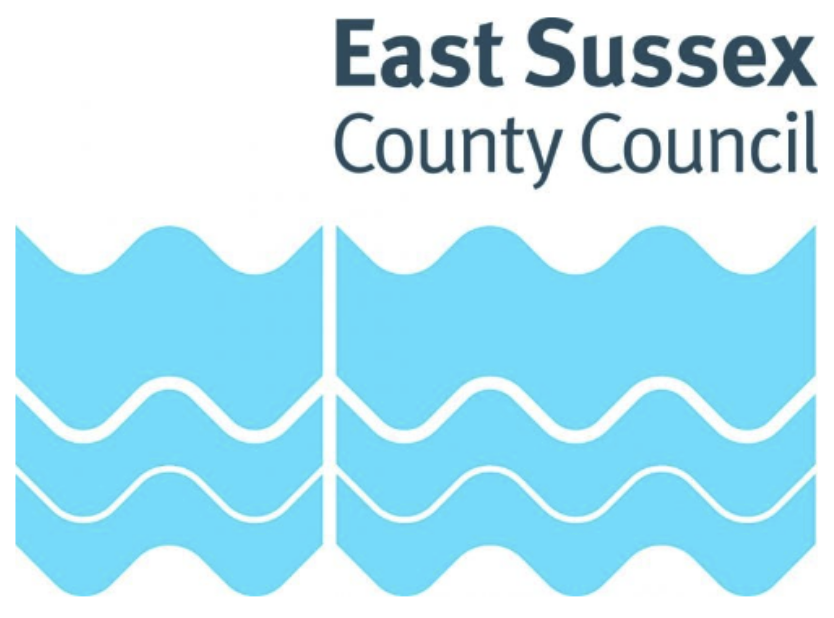Freight, Logistics and Gateways
A better future for freight in the South East
From cars made in the Midlands to Scotch whisky and Welsh steel, goods worth hundreds of billions are exported each year from the South East’s ports, airports and international rail connections to all four corners of the globe. These busy international gateways also support the movement of millions of people between the UK, Europe and the rest of the world.
The freight and logistics sector is vital in supporting not only these operations at our international gateways but also the delivery and movement of everyday goods such as food, construction materials and internet shopping within the TfSE area.
Our Freight, Logistics and International Gateways Strategy, published in 2022, recognises this importance and identifies what investment is needed to better connect our region’s cities, towns, villages, ports, airports and international rail links, supporting sustainable economic growth here in the South East and across the UK. It also provides an action plan to deliver the strategy.
Our Freight, Logistics and Gateways Strategy
Supporting a growing economy across the UK
The South East hosts some of the most important UK international, offering unparalleled reach and access to global markets.
That’s why investment in the South East is a powerful enabler for growth across the UK, supporting the money already being spent in the Northern Powerhouse and Midlands Engine to ensure those areas have strong and consistent access to supply chains and consumers across the world.
And it’s why investment in a better transport network and freight infrastructure is so important for people not just here in the South East but across the UK.
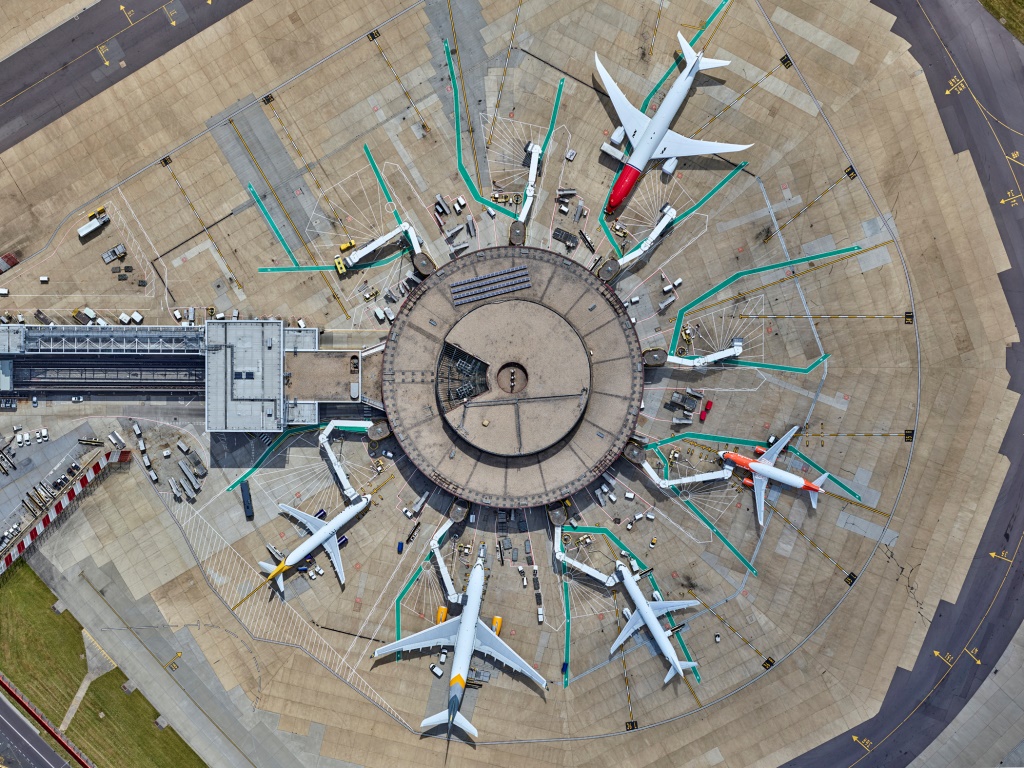
Much of the freight coming in and out of the UK is processed in the “golden triangle” – an area in the Midlands with a high concentration of national distribution centres. It’s quite common for freight to arrive at the UK in the South East, be transported to the Midlands for processing, and then return to the South East for regional distribution and delivery.
This means that the road and rail routes that connect the South East to the Midlands and north of England are particularly important for freight and logistics operators. Because freight and logistics operations cross multiple regional boundaries, it also means we need to work closely with other sub-national transport bodies so that we co-ordinate or our and any future investment interventions are planned in a co-ordinated way across the country.
The South East contributes more to the national economy than any region outside London and hosts many of our country’s major international gateways for people and goods. That’s why we need to see increased investment in our transport infrastructure, growing the economy and creating jobs here in the South East and supporting the investment already taking place in other parts of the country.
What are we doing to support the freight and logistics sector in our area?
The Wider South East Freight Forum
The Wider South East Freight Forum is a stakeholder group with members from the EEH and TE STBs, freight and logistics operator representatives, business end users, ports, DfT, National Highways, The Shadow Great British Railway and Network Rail.
So far, In March 2023 the Forum has discussed: planning and lorry parking resulting in TfSE being requested to attend the DfT’s Task and Finish Group on HGV Parking; in June 2023 the challenges associated with the decarbonisation of the freight and logistics sector, in particular the issues that the Forum members need to influence/address that are not covered by existing plans and activity; and in November 2023 what STBs and freight and logistics operators can do to address some of these gaps.
Lorry Parking Study
It has long been recognised that there are problems with lorry parking parks across the South East, the lack of facilities that drivers have when they do find a recognised place to park and the impacts this can have on local communities. The Department for Transport has undertaken several lorry parking surveys across England over the last decade, but the latest one in 2022 did not provide enough of a complete picture across the TfSE area.
To gain a better understanding of the issue in our area, TfSE commissioned a more detailed study, using a similar methodology to the DfT survey, but extended it to include the MRN and other A roads, including hearing from lorry drivers about their experiences at recognised truck stops across the area.
This study provides clear evidence that there is a shortage of lorry parking in our area that will worsen over the next 20 years, particularly around the port areas of Dover and Southampton.
The conclusion is clear: if there were to be more recognised sites, with improved facilities, that cost less to use then more lorry drivers would use them rather than informal locations such as laybys and industrial estates.
Our Lorry Parking Study was published in February 2024.
A full suite of additional technical documents which provide supporting evidence for the strategy can be found here.
Technical Studies
We are undertaking a number of technical studies to provide more information on various issues affecting freight in the TfSE area:
- The viability of waterborne freight study aims to provide us with a more informed position on the potential for inter-coastal shipping and inland waterways as a viable alternative for the transfer of freight from both road and rail in our area. This method freight movement could potentially deliver reductions in greenhouse gas emissions, reduce congestion on the road network in conjunction with opportunities to support the regeneration of coastal towns as well. Read the full study
- The Provision of Warehousing study aims to provide a greater insight into the impact of current trends in logistics land and property provision along with some forecasting of likely future demand in our area. It will be based on market intelligence to help identify any gaps in provision including where local planning authorities need to consider allocating suitable land for logistics-related uses in their spatial plans. Read the full study
- Intermodal Rail Freight Study aims to support the Government’s 75% rail freight growth target by providing us with a clearer understanding and identification of current and potential opportunities for increasing the volume of intermodal freight that can be transferred from road to rail networks across the TfSE area. It will focus on the potential provision of additional or enhanced Intermodal Rail Freight Interchanges (IRFI) and their core market of containerised goods and bulk materials such as aggregates, biomass, or waste. Read the full study
- Freight Awareness programme. We are developing a programme of work to help improve freight awareness in the public sector. This is a combined programme of work between TfSE, Transport East and England’s Economic Heartland.
- We aim to provide some training materials and/or courses that aims to increase the knowledge and understanding of the needs of the freight and logistics sector by local authority officers responsible for transport and spatial planning in all our areas. This should enable them to make better informed decisions that take greater account of the needs of the freight and logistics sector
- We will also aim to help our freight and logistics operators develop a better understanding of the structure and workings of local government and the roles and responsibilities of local authorities to gain a better appreciation of how local policy is developed, how planning decisions are taken and what the legal constraints and political priorities are that influence decisions.
- We aim to deliver this by undertaking a needs assessment between now and the end of this financial year, followed by the development of training materials with a view to running a pilot course in March 2026.
Technical documents
- TfSE Draft Freight Strategy – Technical Report – WP2 Review of Baseline Freight Data and Research and Future Insight – 2.82 mb
- TfSE Draft Freight Strategy – Technical Report – WP2 appendix – Data_Source_Catalogue – 0.06 mb
- TfSE Draft Freight Strategy – Technical Report – WP3 Freight Specific Infrastructure – 6.85 mb
- TfSE Draft Freight Strategy – Technical Report – WP4 Technology and Decarbonisation – 4.33 mb
- TfSE Draft Freight Strategy – Technical Report – WP5 Operational and Planning Considerations – 7.85 mb
